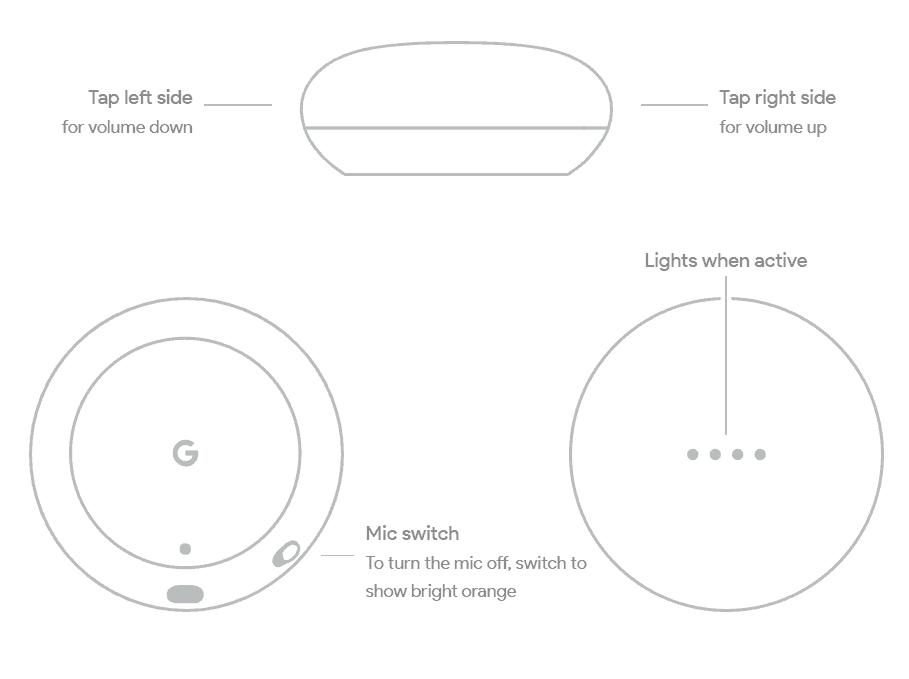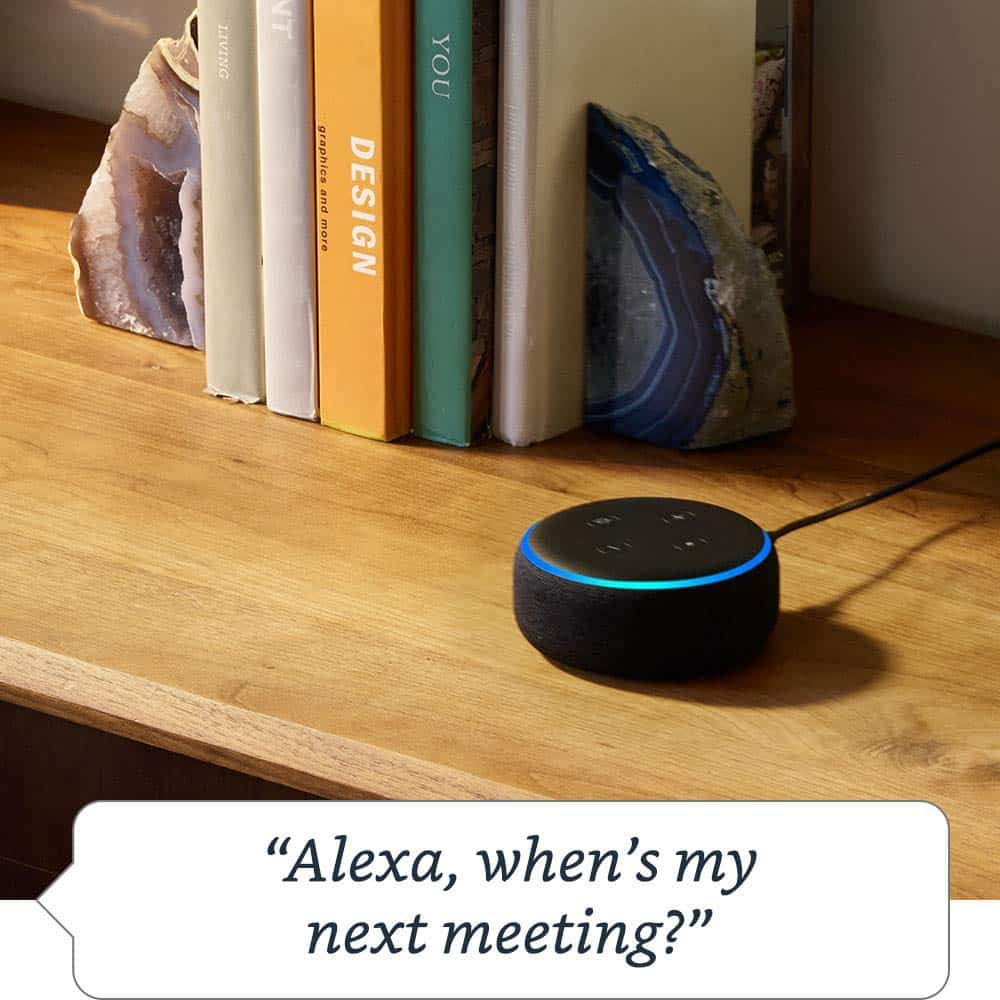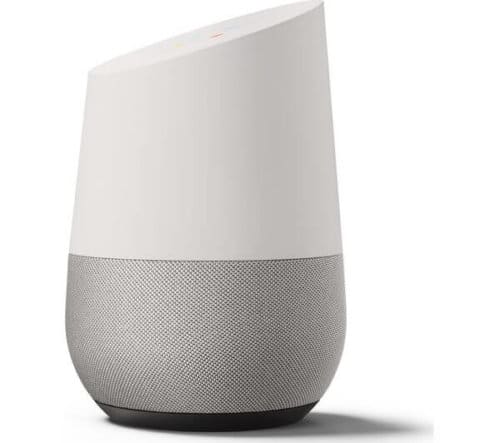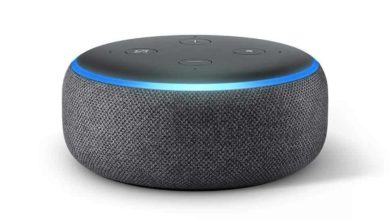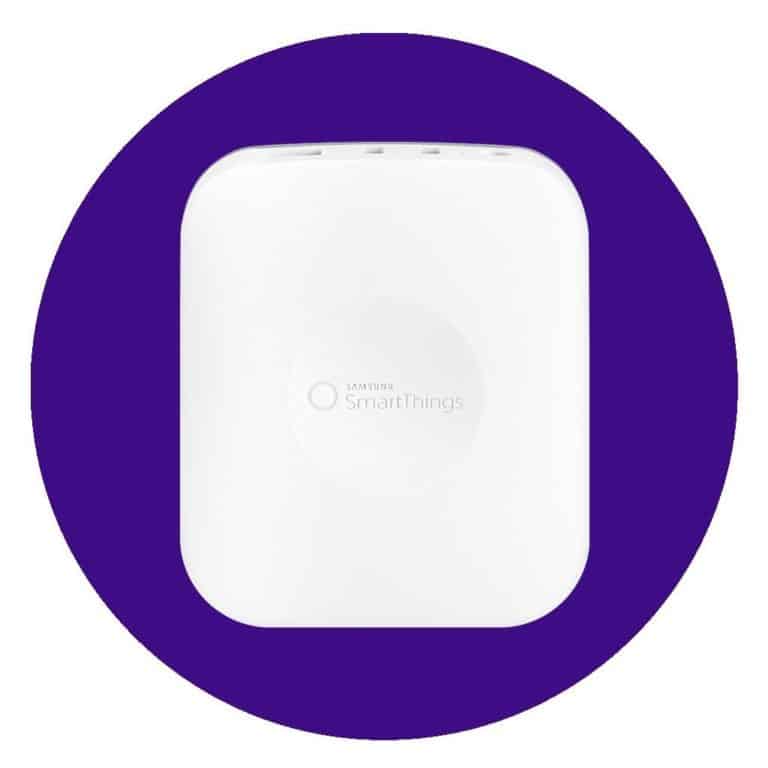Google Home Mini vs Echo Dot
At the core of the smart home is the smart hub, and at the core of the smart hub market is Google and Amazon. Their micro and budget-friendly options of smart hub are direct competitors of each other and offer a compact device capable of controlling your home with voice control.
This article will overview these two devices and compare their key similarities and differences in order to help you decide which device to buy.
Featured: Best Smart Hub
Contents
Google Home Mini
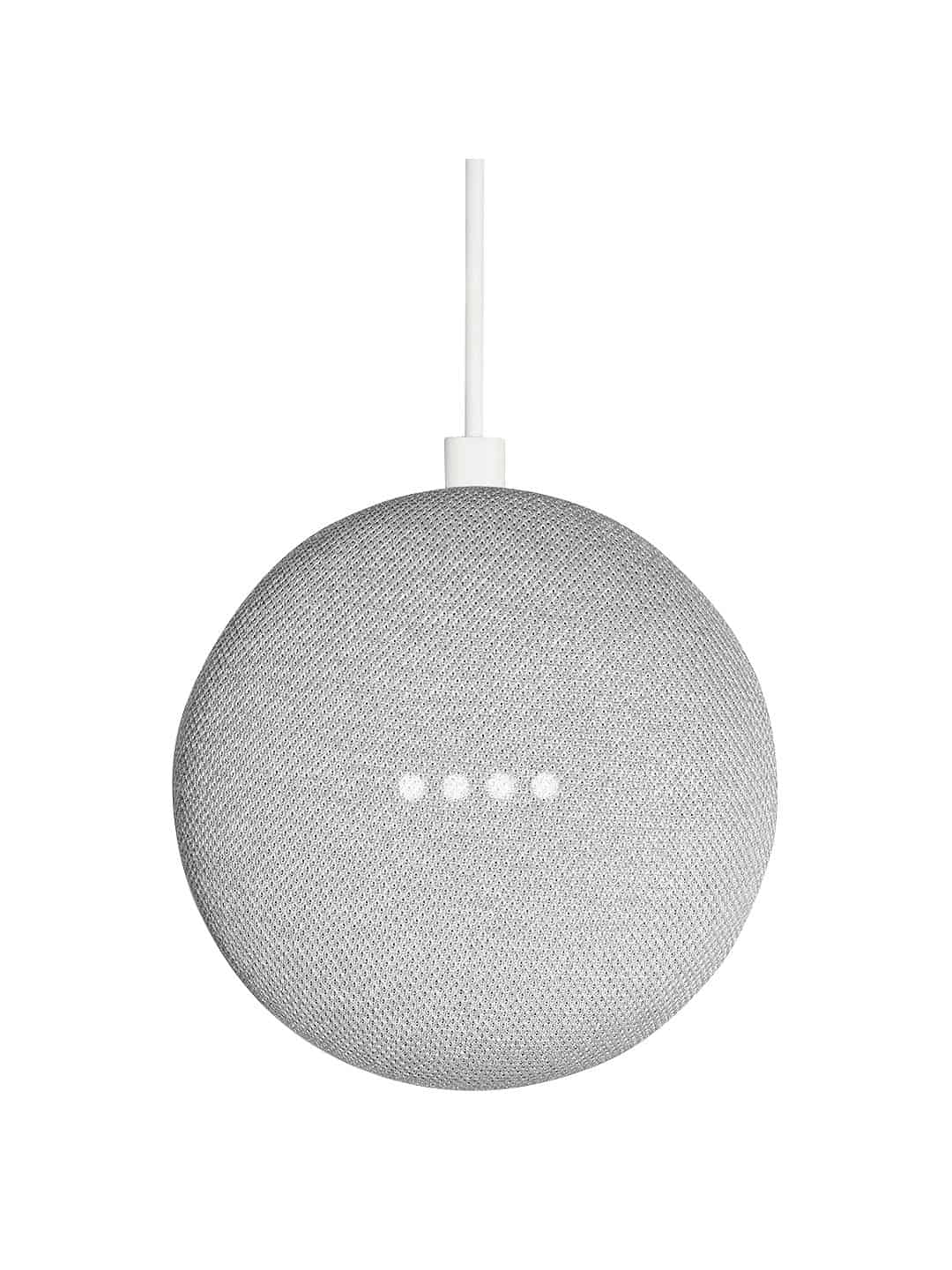
CHECK PRICE
Google Home Mini is a well rounded smart hub thanks to the inbuilt voice control and Google Assistant software. As the device sits in the same product range as the original Google Home speaker, it shares its classy white with grey minimalistic design.
With this, you can make calls, seek answers to trivial queries, play music of your choice, and do your personal administrative chores. It is the last décor that the room needs to feel full and energized.
Echo Dot (3rd Generation)
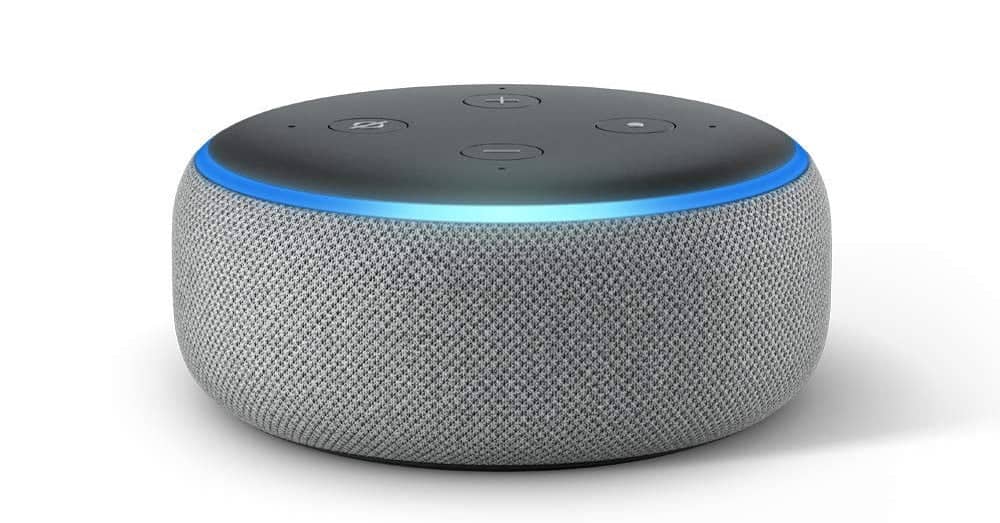
The Echo Dot offers the less ominous but aesthetic look that every room deserves. It’s specifically tailored to add taste to the incredibly practical Alexa functions. The latest Echo Dot beefs up personal assistance with music, especially when compared to the older generations. Anyone who decides to opt-in for the budget end speaker is really buying in for the smart home-related voice control features. Whilst the Echo Dot has an improved speaker it probably is favorable to connect it to a bigger speaker for media playback.
Related: Wink 2 vs SmartThings
Similarities
Design
Both of these smart gadgets have a minimalist attractive puck-like compact designs with a mesh-like finishing. Amazon directed some of the much-needed efforts in upgrading the Echo Dots old design as the earlier generations looked a little scrappy. An LED lights inform the user of what functions the hubs are undertaking. At the top of the Echo Dot, an LED ring uses a solid blue as its primary status indicator, along with cyan, orange, red, yellow, green, white and purple.
The horizontal four circle sequence of the Google Home Mini utilizes white, orange, blue, red with a few other colors in various motions to indicate status. Ultimately the design of the speakers is a subjective factor and holds a decent degree of weight as both these hubs are meant to be seen.
Size, Color, And Weight
Both the Google Mini Home and Echo Dot are compact speakers, with negligible differences in their size.
The Echo Dot is marginally larger with an average dimension of 3.86 inches by 1.65 inches, and a weight of 10.6 Oz’s.
The Google Home Mini measured measures 3.9 inches by 1.70 inches, and a weight of 6.1 Oz’s.
Apart from the common white and black theme, the Echo Dot also comes in a heather grey shade while the mini gives the flashy bright coral red.
Microphone
The ability of the microphone to understand your voice as well as be appropriate for calling others via the hub. In practice both the microphones work to a reliable standard, so you might have to repeat yourself on the odd occasion but you won’t be dissatisfied.
Smart Hub Features
Although these are sold as smart speakers, they are also smart hubs, a central control point for your smart devices. Once a connection has been set up in either of their apps, using the commands “Ok, Google” or “Alexa” will allow the user to turn on and off their devices.
Dependant on the smart device, your voice can control many functions. For example, you could change the color of your smart bulb or adjust the temperature of your smart thermostat, both with your voice.
Differences
Turning On And Off
The Google Home Mini uses a set of on and off Touch controls. The silence switch turns the device off immediately.This means when the music plays, the assistant is completely switched off.On the other hand, the echo is easy to operate. The buttons allow muting the microphone without switching off the device. It utilises the volume button to control the sound. For switching on, the action buttons come in handy. It also has a specific speaker off button.
Voice Assistant
A head to head comparison of Googles Assistant against Alexa shows that each smart assistant are on the whole evenly matched with both having better performance at certain tasks. Both Alexa and Google take a similar approach to their functions and offer similar features.
Given that Google Assistant was created by the leading software company of the world, it comes well equipped with some of Googles top features. For example, Google Maps is used to pull data concerned with travel directions more accurately than Alexa.
Alexa is, in general, better at answering your generic questions. The software approach to recognising your words and pulling data to answer in the most appropriate way is frankly top notch.
Google assistant can take multiple commands while Alexa processes one command at a time. In reality this probably won’t make to much of a noticeable difference to your use of the device.
One key benefit of Alexa over Googles Assistant is the wide compatibility and integration with both third-party software and hardware. Last year Amazon exceeded compatibility of Alexa with over 20,000 devices and a total of 50,000 Alexa skills.
Google has been working hard to improve this and is catching up as it now works with over 10,000 devices. More is not necessarily better, but if these devices work with a greater range of devices, your more likely to find that your own electronics have compatibility.
One of the most important features of these smart speakers is the quality of the streaming services. Music streaming via the cloud direct to the speaker is one of the biggest selling points of a hub like the Dot or Home Mini.
Alexa works with many music streaming services:
- Prime Music
- Amazon Music Unlimited
- Spotify
- Apple Music
- Pandora
- TuneIn
- iHeart Radio
Google works with a few similar and different options:
- Google Play Music
- Spotify
- Pandora
- Deezer
- YouTube
- TuneIn
Google Assistant also fits in neatly to work alongside Chromecast and can allow the user to stream any audio through Chromecast-enabled devices or Android TV device.
Hardware
The Echo Dot has a standard 3.5mm audio jack input to allow for direct device pairing and audio playback. Googles Home Mini does not have any audio jack so pairing with external devices requires Bluetooth pairing.
Final Word
Without a doubt, these two speakers are part of one of the most remarkable series of devices that have been released. The true selling point is the outstanding AI embedded in the forms o Alexa and Google Assistant. For such versatile devices, there are many factors that may influence your decision. Whichever way you decide to go, you can be rest assured you won’t be disappointed. The main factors to consider and have clear in your head are which streaming services you want to use and what compatibility do your current devices have.



